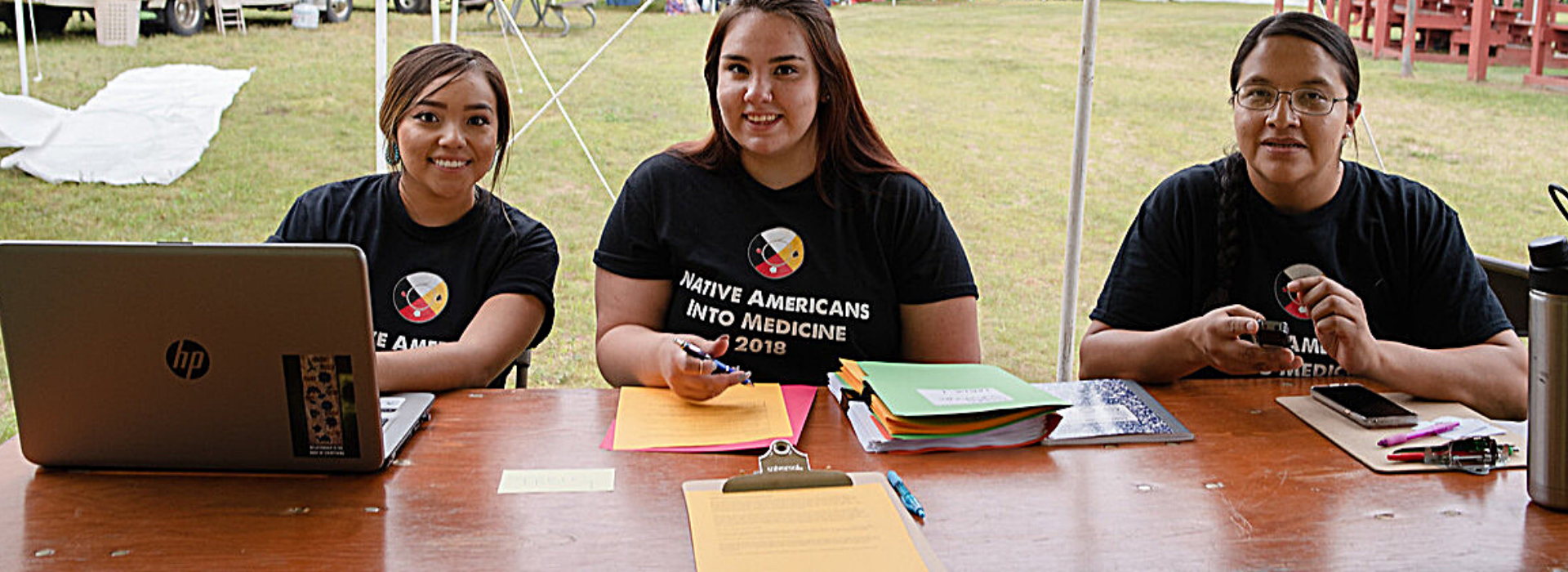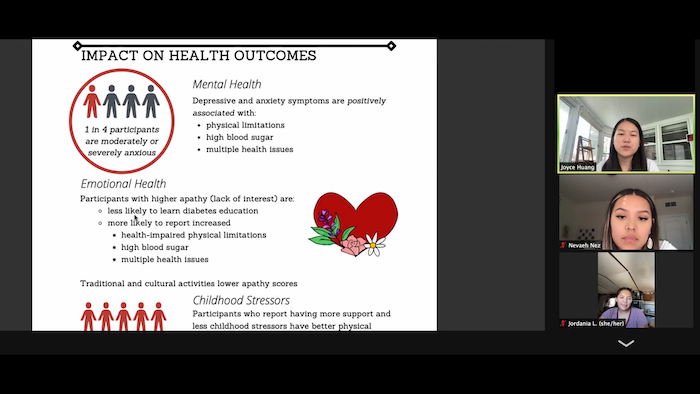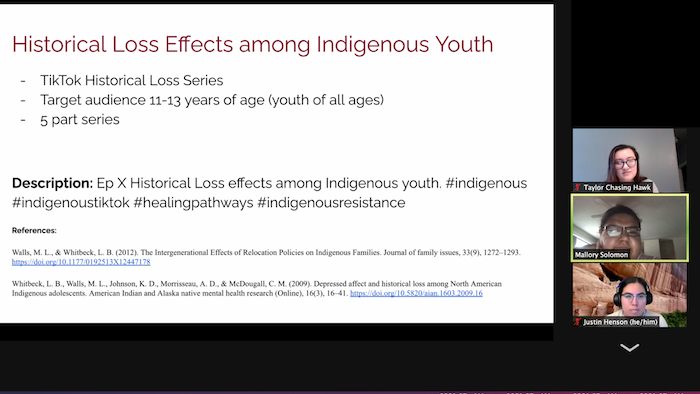
Early Pathways: ‘Native Americans Into Medicine’ Inspires Future Careers in Tribal Health
Laying the seeds for growth is essential to a lifelong cycle of success for future generations – and medicine is no exception. For over four decades, the Center of American Indian and Minority Health (CAIMH) on the University of Minnesota Medical School, Duluth Campus, has been doing just that by creating nontraditional pathways to health science careers for youth across Indian Country.
“Building a pipeline for Indigenous students interested in medicine can’t start early enough," said Mary Owen, MD, (Tlingit), director of CAIMH. “We need more American Indian and Alaska Native (AI/AN) healthcare professionals to help take care of our communities and beyond.”
Given the educational disparities faced by Indigenous communities and low numbers of health professionals in the field, CAIMH aims to increase the number of AI/AN physicians through a six-week summer program, Native Americans Into Medicine (NAM), focusing on awareness of issues impacting AI/AN health. Students accepted into the NAM program commit to a two-year summer experience and earn a stipend for expenses, including housing for students visiting from outside the region.
“Students who participate learn what they need to be successful while their traditions and traditional knowledge are honored,” Dr. Owen said. “I would tell prospective students that they are needed. We know there are many AI/AN college students who would make terrific healthcare leaders.”
For nearly 50 years, NAM has given Native American college sophomores and juniors interested in pursuing health careers a space to study Tribal public health issues ranging from intergenerational trauma, substance abuse, tobacco use, mental health and cardiovascular disease among Native American populations. Hundreds of Native students have completed CAIMH’s summer program and many have gone on to medical school and return home to serve their communities.
The Road to Medicine
Returning for a second summer, NAM student Shayla Makowski-Budrow, a descendant of the White Earth Nation, said the experience was eye-opening and has inspired her to continue learning about medical school.
“My mom has a graduate degree, but the whole idea of medical school is new,” Makowski-Budrow said. “NAM helped me find my path to medicine. The talking circles brought up many issues within Native communities that we didn’t know about, including our communities in Canada.”
Now in her senior year at Southwest Minnesota State University, Makowski-Budrow is studying community psychology and health promotion with hopes of attending medical school in Duluth and becoming a pediatrician.
“I want to practice here in Minnesota to be with my family and stay connected to my culture,” she said. “I hope to keep in contact with the other students in my cohort. It’s exciting that I might know some of them going to the same medical school in the future.”
Making Positive Impacts
In 2019, CAIMH merged with the Medical School’s Office of Diversity, Equity and Inclusion to advance education equality and diversity in academia.
Concentrating on hands-on learning, the NAM coursework has shifted from a math and science focus to emphasizing the practice of participatory research in Native American communities by translating scientific knowledge and research.
Compelled by the impacts of the COVID-19 pandemic on Indigenous communities, ‘Talking Science’ was at the forefront of this year’s final research project presentations. Recognizing the need for culturally safe health messaging, students created a series of infographics for digital campaigns to practice their knowledge skills, breaking down medical publications on the impacts of historical loss, language around reclamation, childhood stressors, substance abuse disorders, caretaker victimization and the connections between mental health and diabetes among AI/AN peoples. Partnering with local Indigenous health leaders at the Johns Hopkins Center for American Indian Health Great Lakes Hub, based in Duluth, students were able to use previously published data on Native health disparities to create their final messaging projects.
“We spent a lot of time carefully looking over the data to create the messages behind each visual for the benefit of our Native audiences,” Makowski-Budrow said. “Opportunities like NAM open up the doors for students who are interested in other areas like nursing or law school to bring more Native people into these fields.”
If you’re interested in joining next summer’s cohort, applications for the upcoming NAM program cycle will be available in March 2022. Check out the CAIMH Facebook page for current updates and activities.

Caption: The 2020-2021 NAM cohort presented their final group research projects during the last week of the program on Thursday, July 29.
